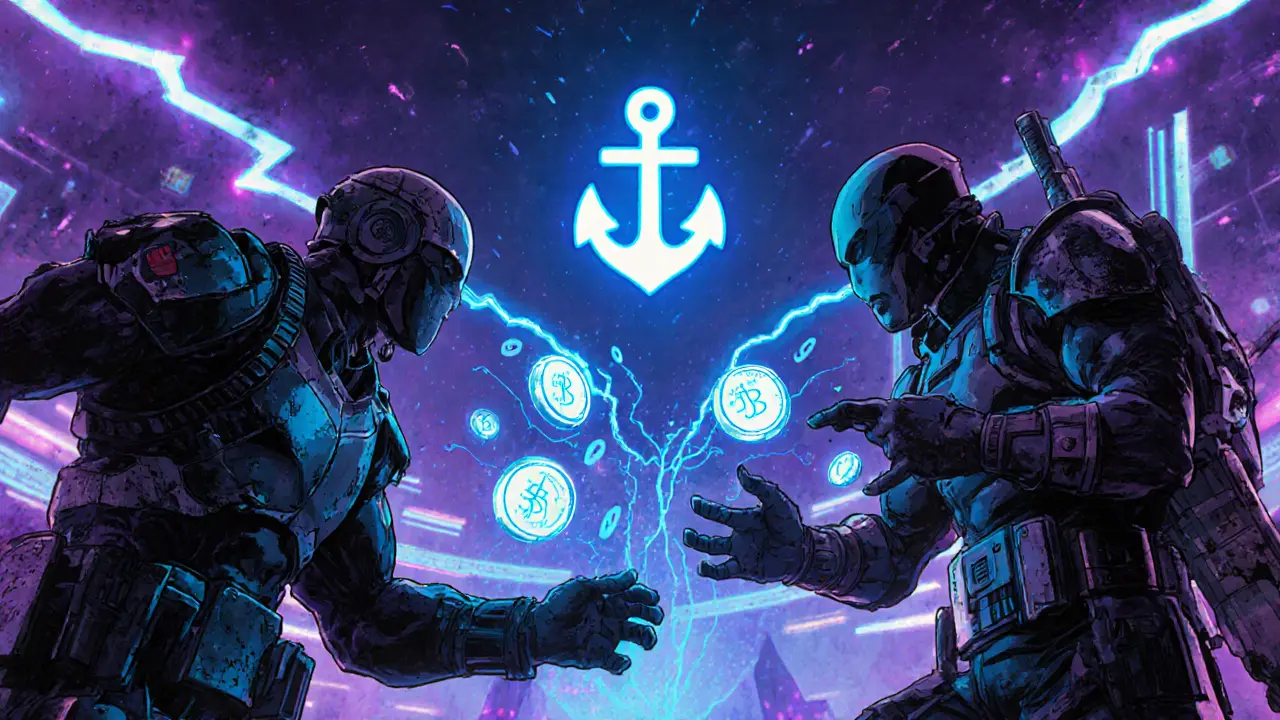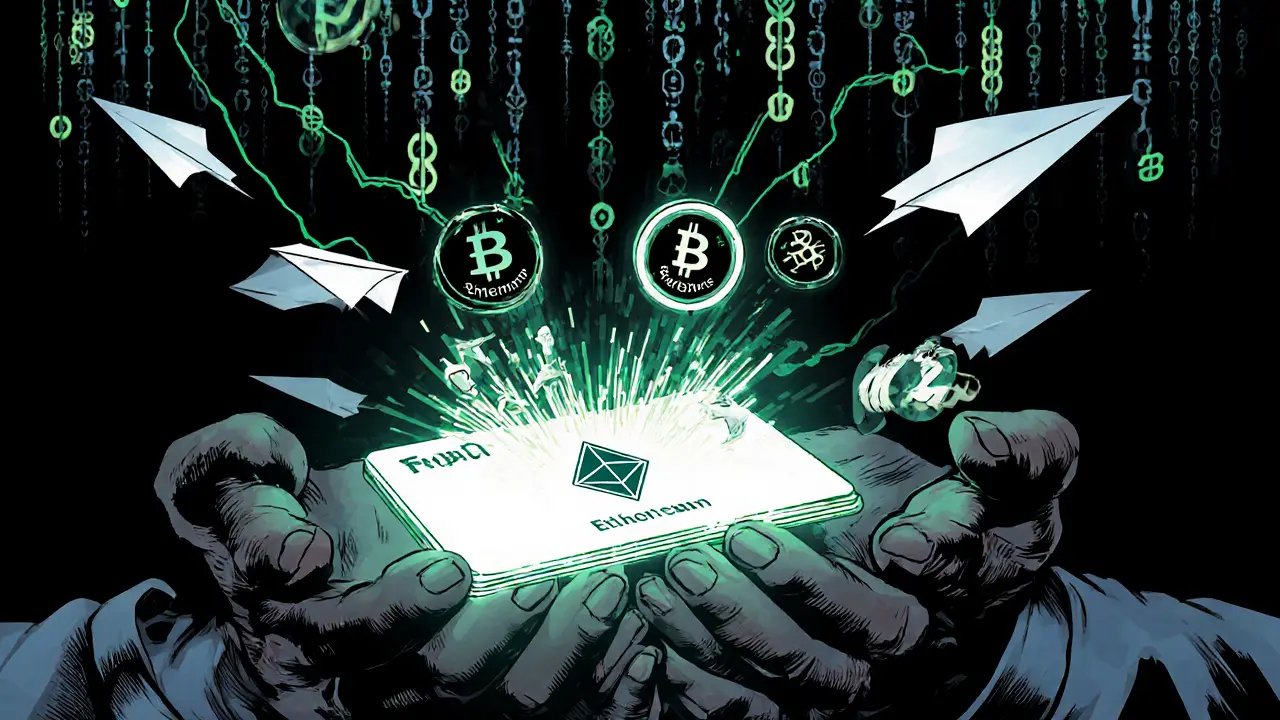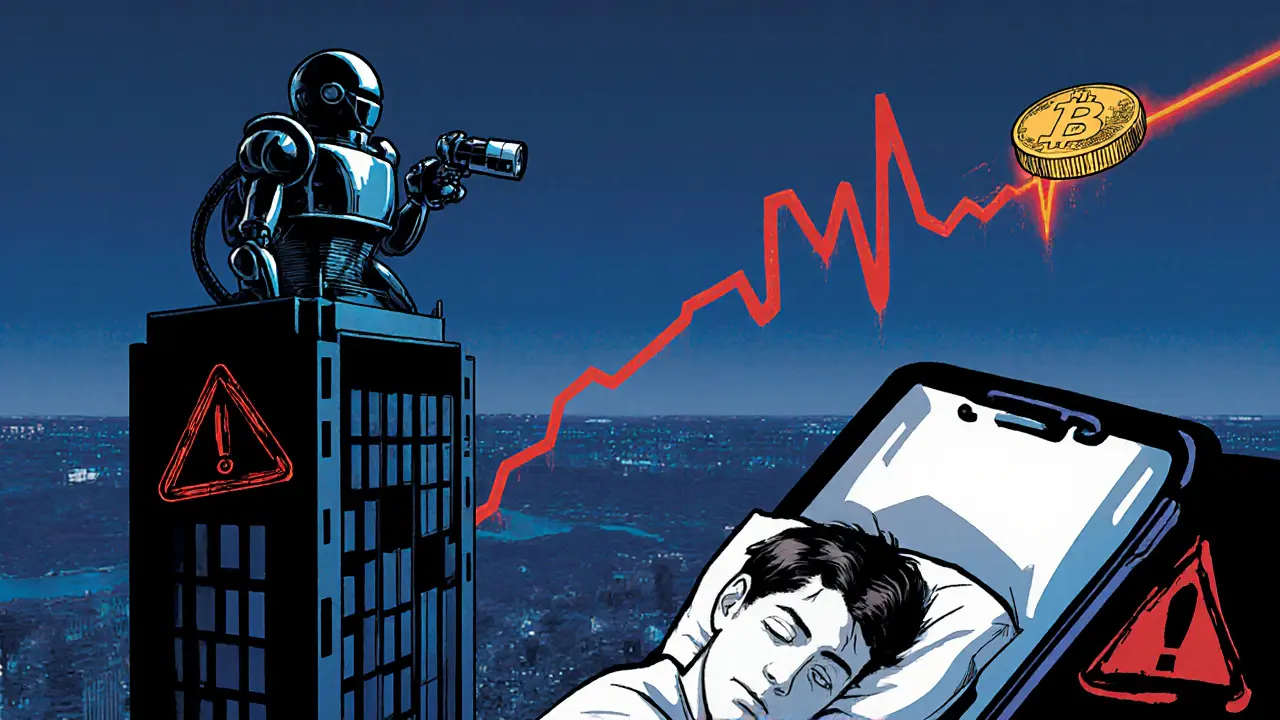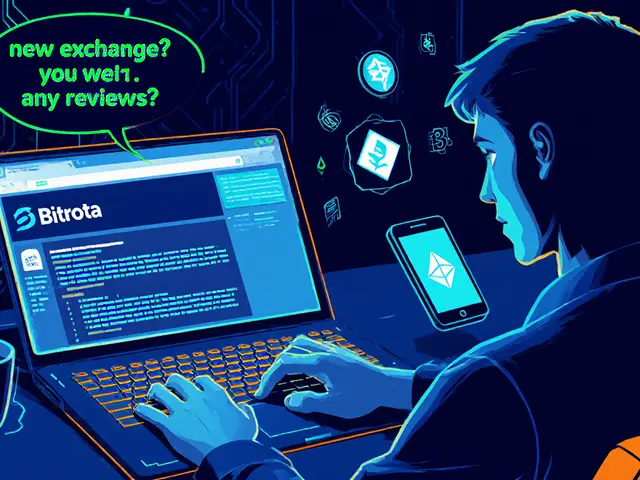- Home
- Blockchain
- How State Channels Enable Instant Transactions on Blockchain Networks

How State Channels Enable Instant Transactions on Blockchain Networks
State Channel Cost Calculator
Calculate how much you can save by using state channels instead of on-chain transactions.
Cost Comparison
Imagine sending a payment to a friend, and it clears in under half a second-no waiting for blocks, no gas fees, no network congestion. That’s what state channels do. They’re not magic. They’re not even new. But for the right use cases, they make blockchain feel like a credit card instead of a ledger written in stone.
What Exactly Is a State Channel?
A state channel is a way to move transactions off the main blockchain while still keeping them secure. Think of it like opening a private conversation between two people who already trust each other. They can exchange notes back and forth, updating their agreement each time. Only the first note and the final note ever get written down on the public record. Everything in between? Silent. Instant. Free. The core idea is simple: lock up some assets-say, 1 ETH or 100 USDC-into a smart contract on the blockchain. This contract only allows the two (or more) parties involved to update the balance between them using signed messages. Each update is a new version of the state. The latest signed version always overrides the old ones. No one needs to broadcast every update to the network. That’s the key. This isn’t theoretical. Bitcoin’s Lightning Network, launched in 2016, uses this exact model. It lets users send thousands of micro-payments without touching the Bitcoin blockchain. Ethereum’s Raiden Network does the same for tokens and smart contracts. And in 2023, games like those on Immutable X processed over 20 million NFT trades with zero gas fees-all thanks to state channel logic.How Do You Get Instant Finality?
On-chain transactions take time. Ethereum blocks come every 12 seconds. Bitcoin? Every 10 minutes. Even the fastest chains can’t match the speed of a direct digital handshake. State channels skip that delay entirely. When you and I open a channel and I send you 0.1 ETH, I sign a message saying, “My balance is now 0.4 ETH, yours is 0.6 ETH.” You sign it back. That’s it. The update is final the moment both signatures are exchanged. No miners. No validators. No waiting. We can do this 50 times in a minute. Each one is as good as on-chain. This is called instant finality. It’s not just fast-it’s immediate. And because every update is cryptographically signed and verifiable, no one can cheat… unless they try to submit an old state.The Fraud Prevention Mechanism
What if one of us tries to cheat? What if I close the channel with a version from three days ago, when I had more money? That’s where the dispute window comes in. When you detect a fraudulent closure, you have a set time-usually 1 to 7 days-to submit the most recent valid state to the blockchain. The smart contract checks the signatures. If your version is newer and properly signed, it wins. My old state gets rejected. I lose my deposit as a penalty. This system works because:- Every state update must be signed by both parties.
- Only the latest signed state is valid.
- The blockchain acts as the ultimate referee, but only steps in if someone tries to cheat.
Why Not Just Use Rollups?
You’ve probably heard of zk-Rollups and optimistic rollups. They’re hot right now. And they’re great for scaling. But they’re not the same thing. Rollups batch hundreds of transactions and submit one proof to the main chain. That proof takes time to verify. Optimistic rollups require a 7-day challenge window. zk-Rollups need heavy cryptography and are harder to program for complex logic. State channels are different. They’re peer-to-peer. No batching. No proofs. Just direct, signed updates between known parties. That means:- True instant finality-no waiting.
- Lower computational overhead.
- Support for complex state changes, like game moves or multi-step contracts.

Where Are State Channels Actually Used?
They’re not for everyone. But for the right applications, they’re unbeatable. Gaming: In blockchain games, players make dozens of moves per minute. Each move is a transaction. On-chain? Too slow. Too expensive. With state channels, players can attack, trade items, or upgrade gear in real time. Immutable X handled over 20 million NFT trades in Q1 2023 with zero fees for users. Micropayments: Imagine streaming a song and paying $0.001 per second. On-chain? Impossible. With a state channel, you pay as you go. Content creators get paid instantly. Listeners pay pennies. No middlemen. Supply Chains: A manufacturer and distributor exchange hundreds of small payments for deliveries, inspections, and quality checks. State channels cut transaction costs from $0.50 to $0.001 per transfer. One 2022 case study showed transaction times dropped from 15 seconds to under 500 milliseconds. IoT Devices: Sensors in factories or smart homes exchange tiny data payments for usage or bandwidth. State channels let these devices transact autonomously, without human intervention.The Downsides: Why Isn’t Everyone Using Them?
The benefits are clear. But adoption is still low. Only 22% of blockchain developers have implemented state channels, according to a 2023 survey. Why? Complexity. Building a state channel requires:- Deep knowledge of smart contract security (Solidity, for Ethereum).
- Understanding cryptographic signatures and their timing.
- Handling edge cases: what if one party goes offline? What if the network splits?
- Testing dispute resolution under every possible failure scenario.
What’s Changing in 2025?
State channels aren’t stagnant. They’re evolving. Ethereum’s Paris hard fork in September 2023 introduced EIP-4844, which made data cheaper to store on-chain. That helps state channels by reducing the cost of publishing dispute data. Raiden Network is now integrating with EIP-4337 (account abstraction), which lets users pay gas fees in tokens instead of ETH. That removes a major barrier for non-technical users. And the market is catching up. Gartner predicts that by 2025, 30% of enterprise blockchain systems will use state channels for high-frequency transactions. Delphi Digital forecasts 200% annual growth through 2025, driven by gaming and IoT. The real shift? People are starting to see state channels not as competitors to rollups, but as complements. Rollups handle mass public transactions. State channels handle private, repeated ones. Together, they cover the full spectrum.
Should You Use Them?
Ask yourself:- Are you transacting repeatedly with the same people or entities?
- Do you need sub-second finality?
- Are you paying high fees for small transactions?
- Is your use case predictable and bounded (like a game loop or a supply chain workflow)?
Getting Started
You don’t need to build one from scratch. Open-source tools exist:- Raiden Network for Ethereum-based apps.
- Lightning Network for Bitcoin payments.
- State Channels SDK from the Ethereum Foundation for developers.
Final Thought
State channels aren’t the future of blockchain. They’re the present for specific, high-value use cases. They solve a problem that rollups can’t: real-time, private, repeated interactions with zero latency. They’re not easy. But when they work, they make blockchain feel alive.Are state channels the same as payment channels?
Payment channels are a type of state channel, but only for simple transfers of money. State channels can handle anything-NFTs, game states, smart contract logic. Think of payment channels as a narrow version of state channels. Lightning Network is a payment channel. Raiden Network is a full state channel.
Can I use state channels with any cryptocurrency?
Technically yes, but only if the blockchain supports smart contracts and multisignature wallets. Bitcoin supports it via Lightning Network. Ethereum, Polygon, and æternity support full state channels. Blockchains without smart contracts, like Bitcoin’s base layer, can’t handle complex state updates-only payments.
Do state channels require me to be online all the time?
Not anymore. Early versions did. Now, watchtower services monitor the blockchain for you and alert you if someone tries to cheat. You pay a small fee to the watchtower, and it handles the monitoring. This makes state channels practical for mobile and non-technical users.
Are state channels secure?
Yes, if implemented correctly. The security comes from the blockchain itself. Even though transactions happen off-chain, the dispute system is enforced on-chain. The biggest risks are coding errors in the smart contract or mismanagement of signatures. Several audits by Trail of Bits and ConsenSys have found vulnerabilities in early implementations, but modern libraries are much more robust.
How do state channels compare to sidechains?
Sidechains have their own consensus and security model. They’re like separate blockchains connected to the main one. State channels don’t have their own consensus-they rely entirely on the main chain’s security. Sidechains can be faster but are more centralized. State channels are decentralized and trust-minimized, but only between the channel participants.
Cormac Riverton
I'm a blockchain analyst and private investor specializing in cryptocurrencies and equity markets. I research tokenomics, on-chain data, and market microstructure, and advise startups on exchange listings. I also write practical explainers and strategy notes for retail traders and fund teams. My work blends quantitative analysis with clear storytelling to make complex systems understandable.
About
DEX Maniac is your hub for blockchain knowledge, cryptocurrencies, and global markets. Explore guides on crypto coins, DeFi, and decentralized exchanges with clear, actionable insights. Compare crypto exchanges, track airdrop opportunities, and follow timely market analysis across crypto and stocks. Stay informed with curated news, tools, and insights for smarter decisions.



